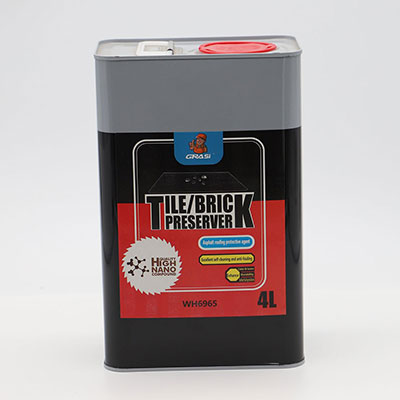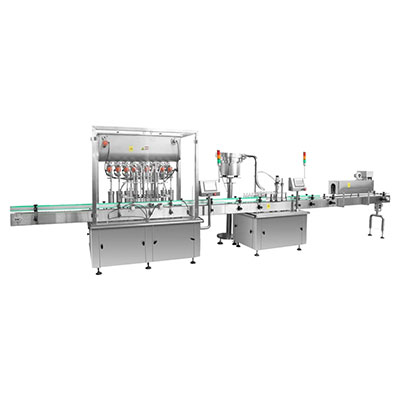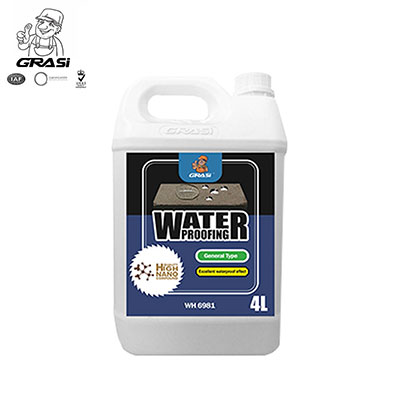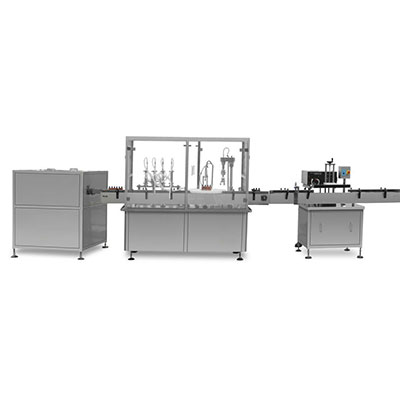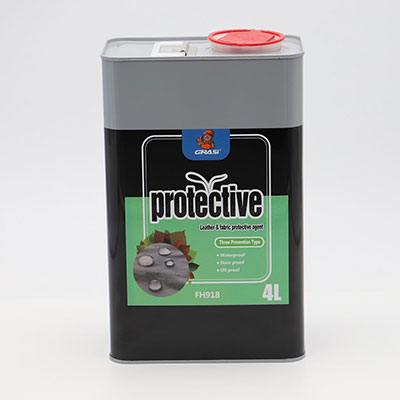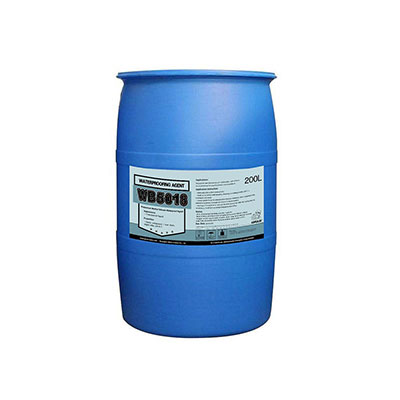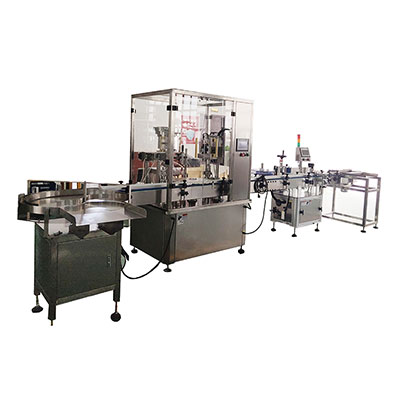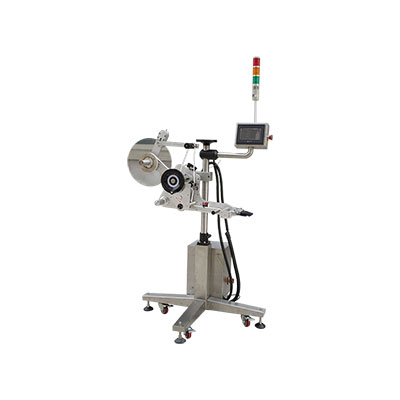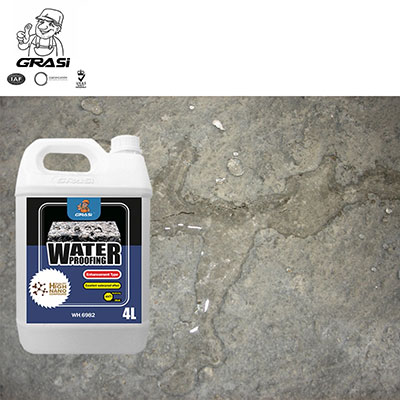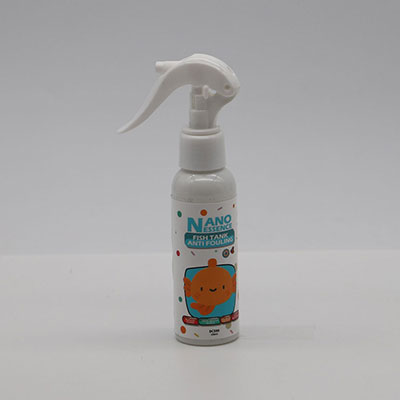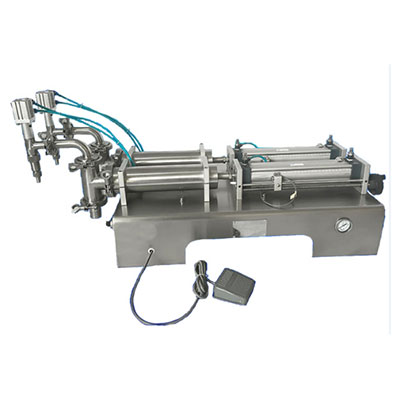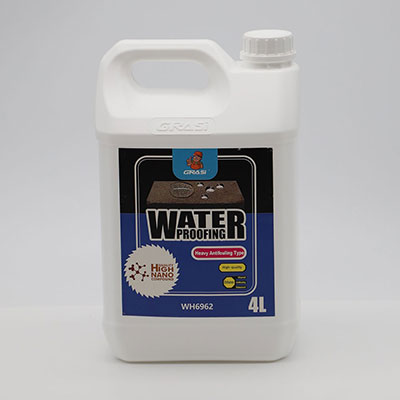Iron & Manganese Remover
Iron and Manganese Remover
Removing iron from water supplies can be accomplished by a variety of means. The choice depends on the amount of iron to be removed, whether manganese is also present, and whether there are constraints on the use of chemicals. The most frequent approach for iron removal is to transform it from a ferrous state to a ferric state by means of oxidation. Our iron and manganese remover adopts this method, which changes the iron from a dissolved substance to a suspended solid (or particle).
Iron in groundwater supplies typically exists as a dissolved substance (ferrous iron). As the water is exposed to air, some of the iron is oxidized and becomes ferric iron which is present as a suspended solid. Simply by exposing water to air, however, generally is not enough to achieve effective iron removal. So we need an iron and manganese remover to complete the job.
Iron Oxidation
Using the iron and manganese remover, oxidation can be accomplished by injecting oxidizing agents into water (such as sodium hypochlorite and/or potassium permanganate) or aerating the water, followed by closure in a holding tank. Once oxidation has occurred, the particles of iron can be removed via mechanical filtration. Mechanical filtration can be accomplished by the iron and manganese remover with or without the use of activated media. Activated media is comprised of manganese greensand (a naturally occurring granular substance) or silica sand that has been impregnated or coated with manganese dioxide.
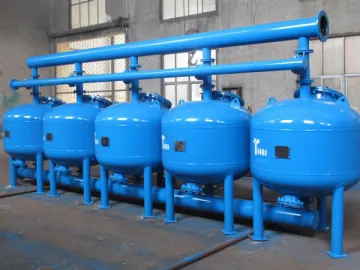
As water passes through the media, further oxidation occurs, thus optimizing the removal of iron.
In order to maintain the active properties of these media, an oxidizing agent is needed (typically sodium hypochlorite and/or potassium permanganate). These agents also cause iron oxidation before it enters the iron filter.
In instances where iron concentration is high, removal may require aeration, detention, and chemical injection followed by filtration using activated media as described below.
If chemicals cannot be used, oxidation can be achieved via aeration, followed by closure in a holding tank, and finally filtration using a dual media filter bed. The larger particles of iron will settle out in the holding tank, while the smaller particles will be removed by the dual media filter.
Links:https://globefindpro.com/products/72774.html
-
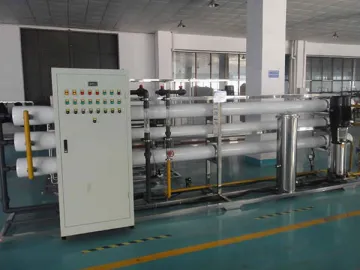 Brackish Water Desalination Plant
Brackish Water Desalination Plant
-
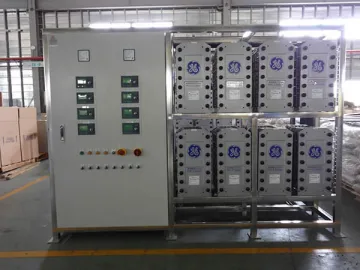 EDI Equipment
EDI Equipment
-
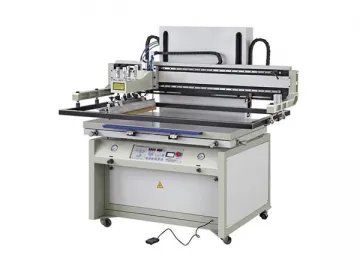 Large Parallel Lift Screen Printing Machine
Large Parallel Lift Screen Printing Machine
-
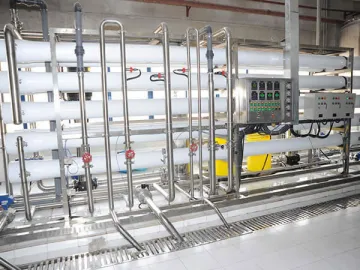 Industrial RO System
Industrial RO System
-
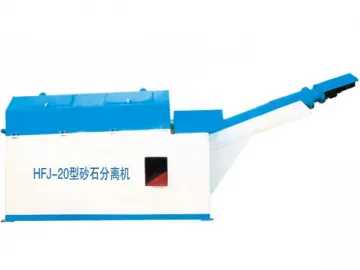 Sand and Gravel Separator
Sand and Gravel Separator
-
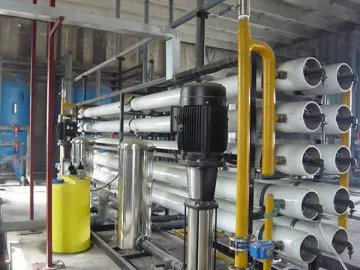 Reverse Osmosis System
Reverse Osmosis System
-
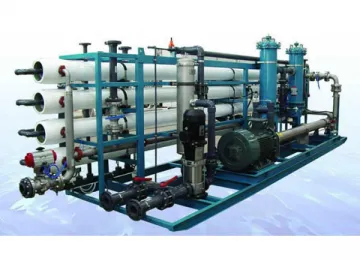 Seawater Desalination Plant
Seawater Desalination Plant
-
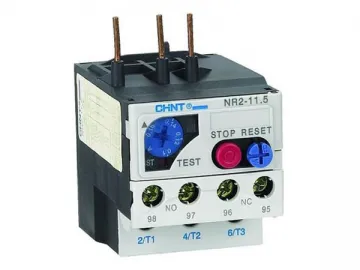 Spare Parts
Spare Parts
-
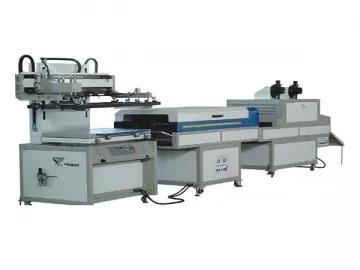 3/4 Automatic Screen Printing Line
3/4 Automatic Screen Printing Line
-
 Manager Chair (Black)
Manager Chair (Black)
-
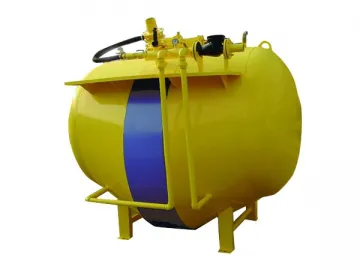 Pneumatic Cement Conveyor
Pneumatic Cement Conveyor
-
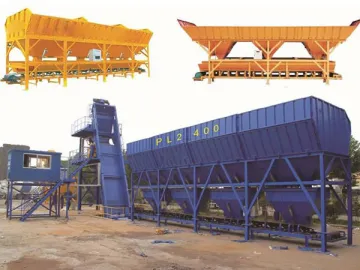 Aggregate Batching Machine
Aggregate Batching Machine
